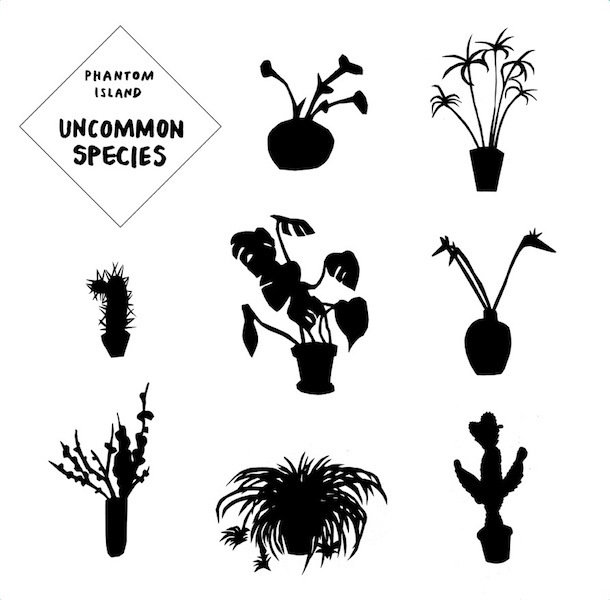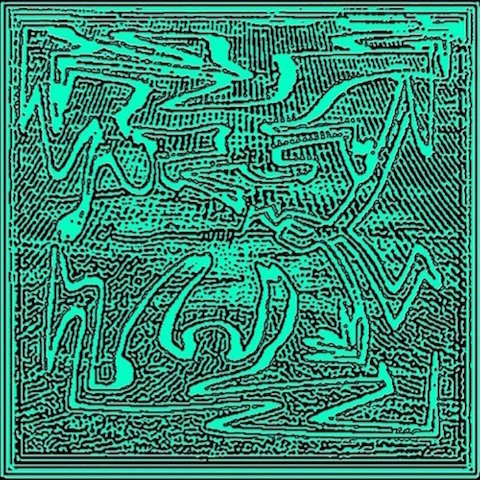Record
Issue 2
An Interview With Mark Barrott

Issue 2 of Record magazine is now in the shops and Editor In Chief Karl Henkell kindly let us choose an article to post. Before I get to that Record is made with love. The new issue, as you can see above, contains interviews with Mark Barrott, Lena Willikens, Chee Shimizu, Luke Jenner, Danny Krivit, an article on The Art of John Cage, and more interviews with Zaltan, Becky Sui Zhen, David McFarline, Palmbomen and Nancy Whang. It's a really lovely thing.
So, who did we pick. Well Mark Barrott of course. I've just spent two to three years working with Mr Mark both as A&R for him and co-running International Feel. Along the way we nearly killed each other though we had each others support massively. He is on one hand endearing and on the other infuriating. I am sure he would say the same about me. His new record is just ridiculous. It is one of my favourite things of the last few years. When he puts his mind to it and isn't being lazy listening to cricket on the radio (time well spent Mark would say) he can turn out melodies that are heart-warmingly good.
Also, from a business perspective he is super straight up. If he says he'll pay for something, when you've done the job, the money is in your account the next day. Or another example, normally record labels try and keep your music forever (or for perpetuity as it is known). IFEEL did deals for five years and then gave the albums back. These days its ten years but thats not Mark's fault. That is a different story. Basically, though as mentioned one of the most infuriating people I know, he is different, gifted and a one off. I will forgive the fact that he doesn't believe in time as a tangible thing. So here's Mark. And check the magazine. It is very very good. x.
::
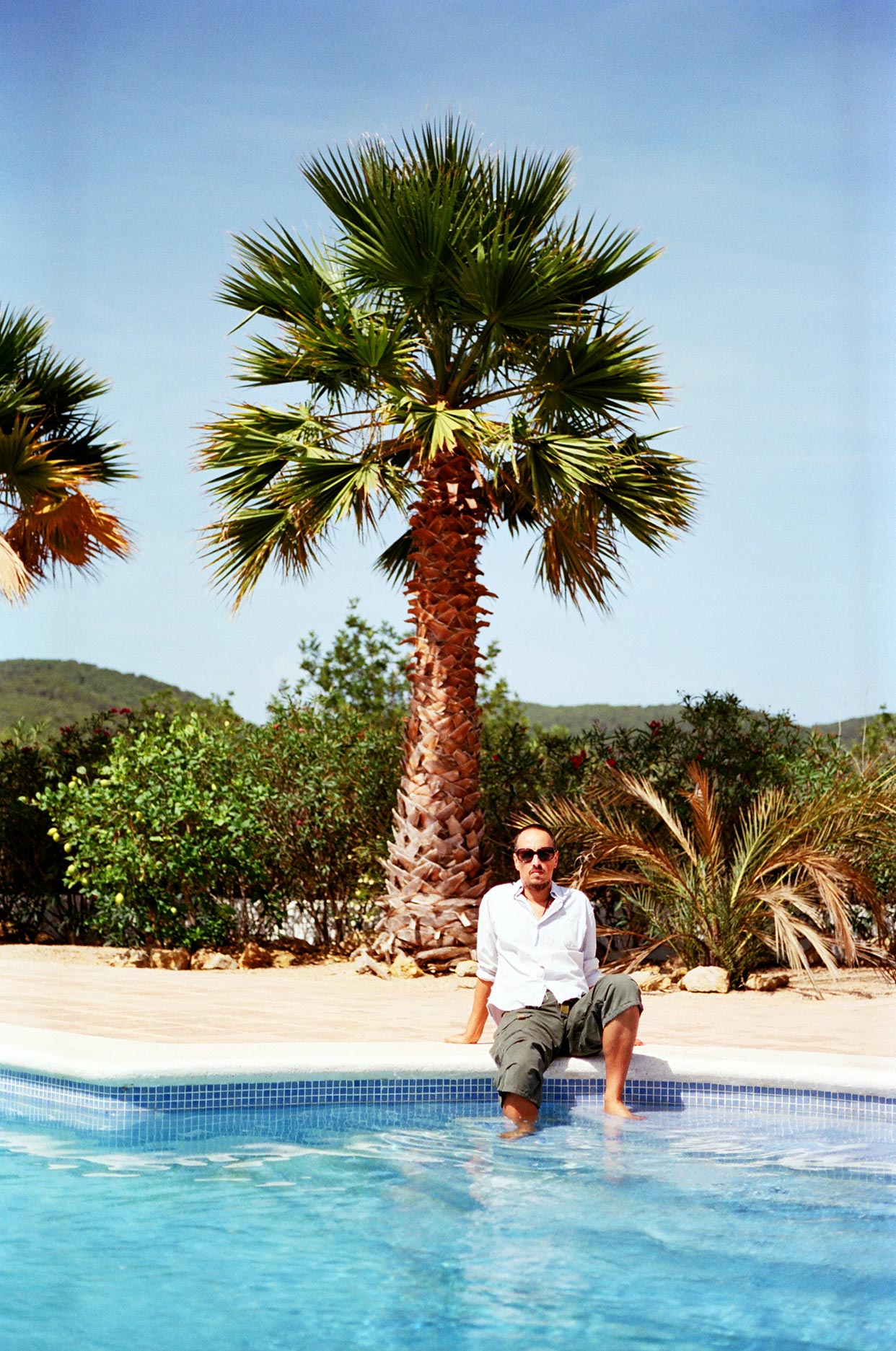
When inspiration strikes, Mark Barrott jumps into his studio, which consists of only a laptop, headphones, and keyboard. After several studio moves, he has done away with the physical gear in favour of living with fewer possessions.
His record label, International Feel, has come to represent the resurgence of the Balearic sound and new age influences in dance music. It’s not something he gives himself credit for; he’s just making the music that comes naturally when surrounded by the idyllic nature of Ibiza.
Interview – Karl Henkell. Photography – Bastien Lattanzio.
You sold all your possessions before moving to Ibiza. Why was that?
I aspire to the cult of nothingness. I want as few possessions as possible. Humans have all this superfluous rubbish, and then that’s what defines them. Let’s just be an individual unit of happiness. I look at my cats. The cat has everything it needs, it’s a self-contained unit.
Does the party side of the island affect your life?
I’m lucky that we rent a house with a lot of land with nice fences and a gate. And I don’t leave it that much. I have internet, clean water — I can swim, sunbathe, and hang out with my friends and family. If you want to know the ambient noise level around the house, listen to the field recordings on the [Sketches from an Island] album.
If I go to see my parents in Sheffield or travel, you go to the airport and it’s madness. I go to England and my dad lives in a village. Even then, he lives by a road, and the level of ambient noise is pretty high. I’m used to a very low level of noise now, and on a subconscious level really appreciate silence. At night in Ibiza, there’s the sounds of animals, and that’s it. When I hear human-generated noise, it’s really weird.

Is a place like La Torre or Pikes Hotel where you DJ a minority on the island?
Totally. The original spirit, the DJ Alfredo, José Padilla, Balearic spirit doesn’t exist anymore. Ibiza still has that really genuine bohemian spirit, if you’re prepared to look for it. Not so much musically, but in the original hippies that came here, and their children that were brought up very differently to the average person. So it’s still here, but you have to take a trip off the beaten path to find it.
Did the music side of the island make it more appealing?
Honestly I live in Mark world, which involves reading. I don’t really listen to music. I listen to audiobooks and Zen meditations. I find them far better than the latest 12-inch. Rob [Harris] at Test Pressing sends me a bunch of music, and I really like it, but I still prefer my audiobooks and meditations, and listening to Test Match Special when England are on tour.
Did the Berlin Mark have to precede the Ibiza Mark?
You know, when you’re 28, it’s music or die. Or at least it was for me. Anything that got in the way of me making music was an absolute annoyance to be avoided at all costs. I’m 48 years old now and it’s not music or die. I still get an immense amount of pleasure from making music. There’s nothing like that first ignition of composition. There’s nothing like that on earth, not meditation, not sex, the perfect sunset — nothing’s like that moment. But I’m not addicted to it anymore. The kind of Mark that started International Feel in Uruguay because he was really pissed off that no one would sign his song that he’d done, is not the me of today.
I’m not that hungry anymore. I don’t think the label would have had the last 18 months, if Paul [Byrne of Test Pressing] hadn’t come in and really ignited it with his enthusiasm. He’s a music or die guy. I’m just not that guy. I’m more focused on the journey within. So the label’s recent strength is down to Paul. I’m along for the ride. I’m the talking head that sees the newsfeed and reads it out.
A lot of the records that I play when I DJ I need to give credit to people like Rob, Paul, Moon Boots, Phil Mison and these guys. I’m not a digger, I’m a musician. I think I’m pretty good as a musician. Paul said, “You’re the most talented person I work with, and you’re also the laziest.” He’s forever trying to get me to make more music. There’s so much more to do, including nothing.
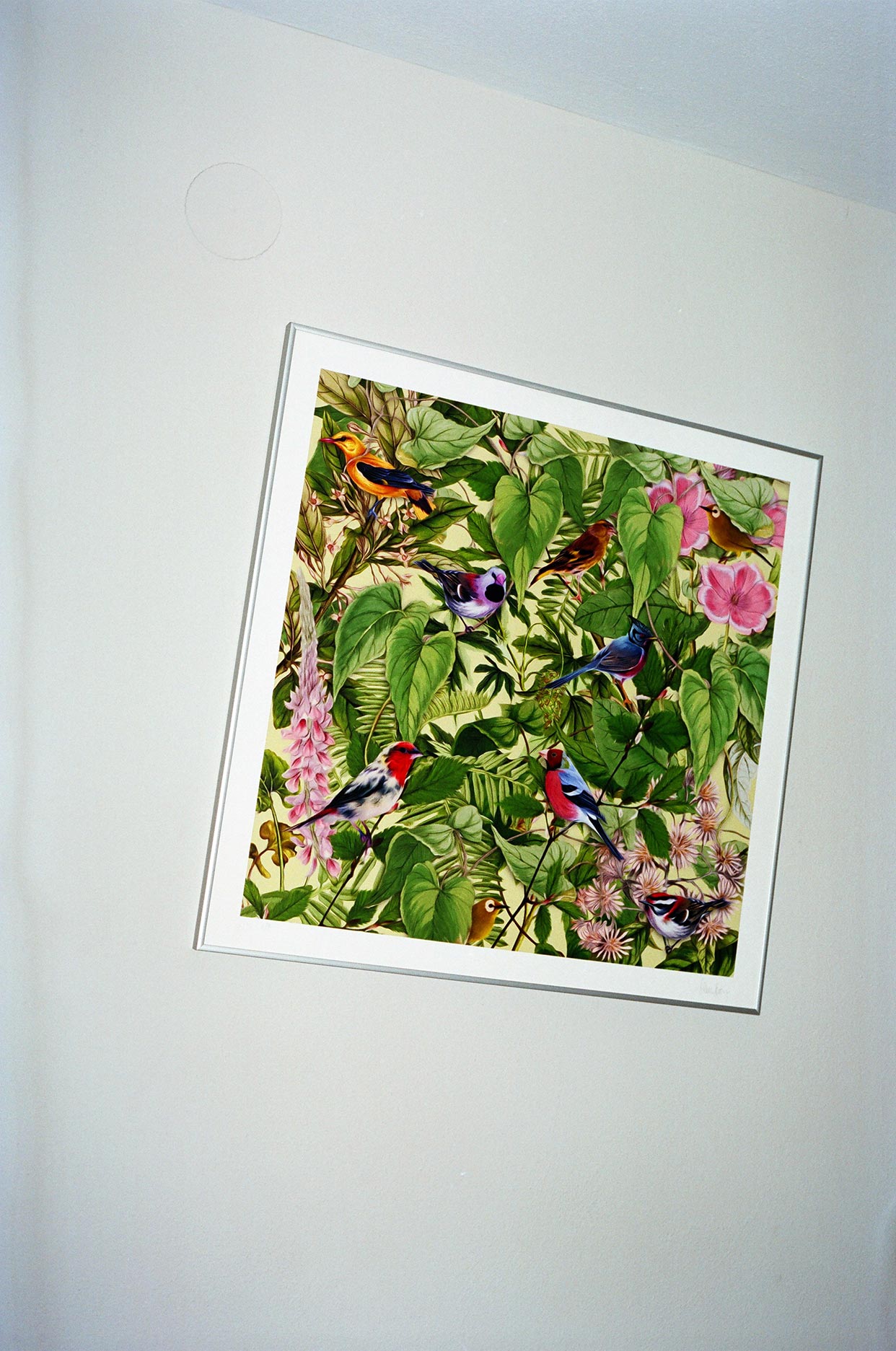
What were you trying to do with International Feel when you started the label?
I was trying to build a brand. I knew that if I built a brand there was a bigger audience for that music. The irony is that a lot of the stuff that I did to build that brand was just me anyway. The least contrived thing I’ve done with International Feel is Sketches from an Island, and that’s sold four times more than every Harvey record put together. The first album has sold over 10,000 now, which in this day and age is pretty fucking miraculous.
I’m a musician, I want to leave a legacy. I released the first Sketches EP on a white label, and people were like, “Oh it’s limited.” I just thought it was slow, weird music that could have come off a José Padilla mixtape, before Café Del Mar; when he was sunset soundtracking for friends in his back garden doing these little tapes of Tangerine Dream, Indian classical music, and Penguin Cafe Orchestra, and selling them at the hippie market Las Dalias. I just didn’t think it would sell. No one is more surprised than me that Sketches has caught the zeitgeist. I don’t want to jump up and down and take credit, but since Sketches came out I’ve seen a lot more new age records, and it seems to have started its own little movement. That’s the music I make naturally. If you said, “Sit down and make me a tune,” it would come out sounding like that.
I’ve learned my craft. I’ve worked with pop artists, written pop songs, produced, engineered, and programmed. I’ve been using sequencers since the Commodore 64 in 1985. The precursor of what became Cubase. So I feel very comfortable in the studio. I feel comfortable making music, and whilst what I did on the label to build the brand was to give my own music an audience, that me has gone now. The new me is just happy that I have an audience and can make music without any pressure.
You must get approached to DJ all the time.
Yes, but I don’t really want to travel and don’t think the DJ life is particularly healthy. A lot of clubs I think are a toxic environment, even though they do put people into the present moment. That’s what I talk about on my new album, making what I call healing music that resonates with people and puts them in a good place — not a place that needs to be engendered by taking any form of stimulant.
I’m happy at home. Making music, hanging out, swimming and being with my family. I’ve traveled a lot. When I did the music consultancy I was doing four flights per week for four years. I got taken from Berlin to Bora Bora for a two-hour meeting and back again. Now I just want a simple life.
What do you enjoy most nowadays?
The ultimate simplicity which gives me most pleasure is meditating. For some reason this year I’ve really “got” meditating. It kind of encapsulates me in this cotton wool womb, and I feel weightless. Simplicity is everything. Part of that simplicity spills over into the label now. I don’t have to do tricky things, to come up with clever marketing campaigns, or go after a DJ career. When I started Future Loop Foundation, you made a record, and you made money from selling the record, and you toured that record at best at break-even. And now you have someone making one record and calling themselves a producer. It launches a DJ career, where they earn money, and in two years they make another half-decent record.
Can you take me through your meditation routine?
I get up in the morning and have a cup of fresh ginger tea in bed, have a little bit of breakfast. And then I get up and I meditate. This is the Balearic version of Michael Jackson’s oxygen tank.
Basically I am very convinced in the power of magnet therapy. I have a slipped disc in my back from touring as a drum ‘n’ bass musician. When I first came to Ibiza, it got to the point where even a bedsheet on my thighs caused that much pain, because that’s where it was referred to. I had insomnia for six months, I couldn’t sleep. Somehow one day I started reading about magnet therapy. I started applying static magnets to my back and thigh and the pain went away within 10 minutes.
Regular magnets?
Well say a fridge magnet is 10 gauss. The magnets I use are 3,000 gauss. Like 300 fridge magnets stuck together. They’re therapeutic magnets. In secret, a big proponent of magnetic therapy is the Queen of England. She will only drink magnetized water. It’s got very good health properties.
So recently I’ve been studying pulse magnetic therapy. In the ‘60s, when the astronauts started going up, NASA and Russia started seeing them come down after a few weeks and having been aged, not visually but on a cellular level. They wondered why, and realized that they had been disconnected from the Earth’s magnetic field. Then they started to realize, however good your diet is, that’s the fuel for the body on a cellular level. The Earth’s magnetic field, which is pulsed and is modulating like a synthesizer wave, ignites or charges the fuel and kicks it into action. They’ve also noticed that in the last 60 years the Earth’s magnetic field has started to diminish alarmingly, which is why there is much more ill health in the world theoretically. So they developed what they called the NASA square wave, which is a pulse magnetic wave that you can apply to the body at a very low frequency that basically gives charge to the cells. They’ve had incredible success in preventative medicine, in curing a whole host of illnesses. So basically I meditate on a pad, like a massage pad that gives me pulse magnetic therapy. I meditate three times a day, 10 minutes each time. They are guided Zen meditations, but I didn’t like them so much being a bit OCD, so I edited them to suit me.
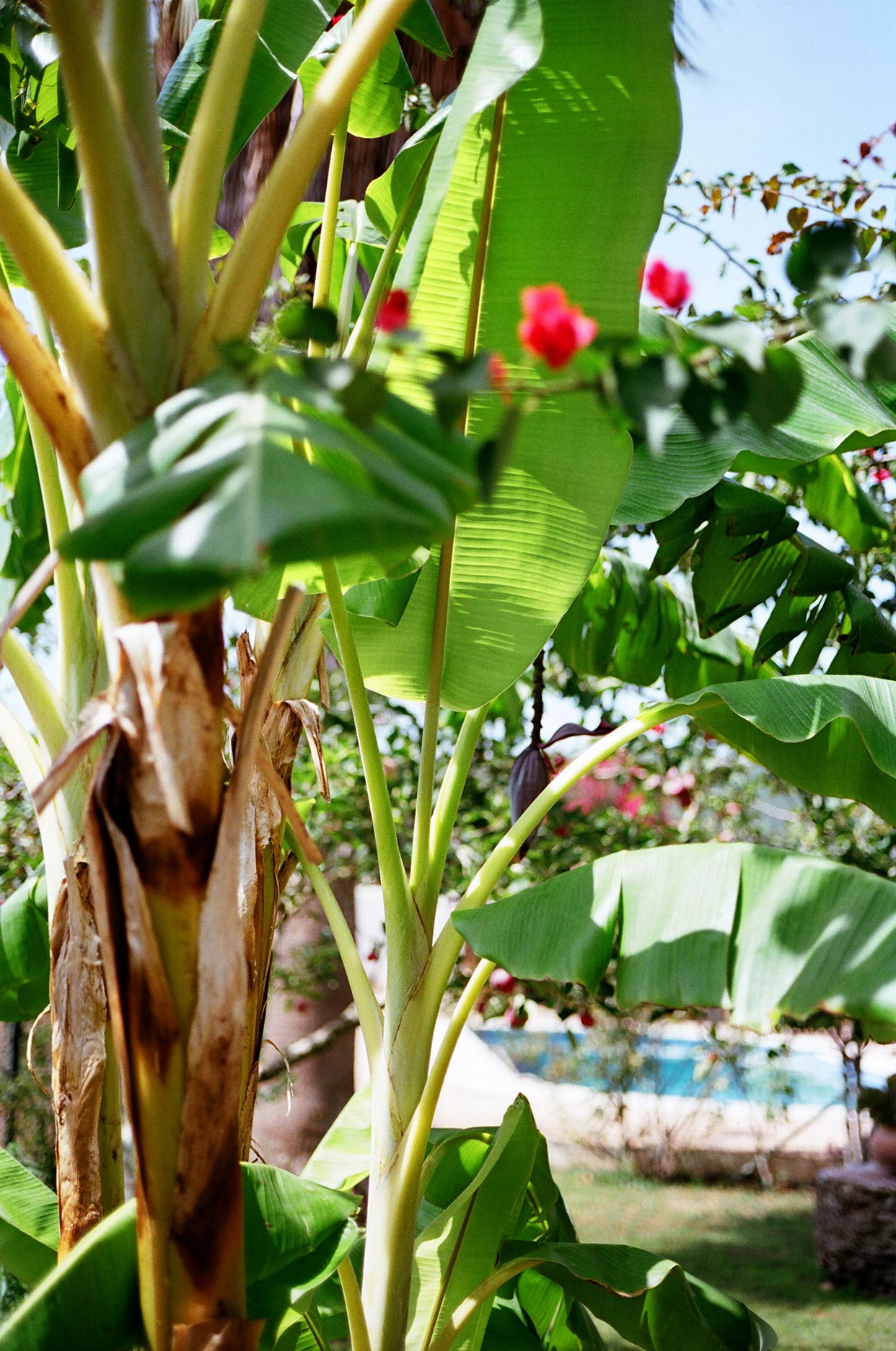
Do you ever meditate without the recording?
Oh yeah if I’m traveling or on a plane I just follow my breath. The whole purpose isn’t to go into nothingness, but to realize that you’re the observer of your thoughts, not your thoughts. The important thing is the space between the breath, or between the thoughts. You can’t stop thinking, that’s impossible. It’s the double-edged sword. But what you can do is focus your attention on the space between each thought. And that’s where the good stuff happens.
What I’ve found in a more musical and practical sense is it’s made me focus much more on gaps and silence in music, on an album or so. Where you almost fall down a rabbit hole expecting something, and nothing comes.
Does it make you quicker at coming up with musical ideas?
The ideas come less frequently, but when they come, they come a lot quicker. One of the things I try to do is have the studio as an extension of my limbs, so that I can transcribe an idea as quickly as possible. With the initial burst of an idea, I’m not sitting there thinking, “Oh I’ve got a bassline, what’s next?” I’m like, “I’ve got a bassline, and I’ve got 40 other things in my head.”
You have to get the ideas out.
I have to get them out because I don’t have perfect pitch. I’m not Mozart, John Lennon or Prince. I’ve got these ideas. And I know, that if I hear another piece of music in between, they’ll have gone. So it’s like, “How quick can I get them out?” The quickest system I find is sitting very close to the laptop, using the trackpad and not a mouse. It’s me and the laptop and a keyboard on my knees. That’s all I need. If you said, “What’s your studio?” It’s an Apple with Ableton and a lot of plugins that I’ve had customized. And a pair of headphones, that’s the lot.
What is your process of making music?
Making music is a two-part process: you do the writing, then you do the arranging. The arrangement is a story, it’s a narrative. One of the breaths of fresh air with Sketches from an Island was these songs which honestly took me two or three days to do. Back when I did Bepu N’Gali, it took three weeks, because I was trying to make it sound like a full band. What I love about the Sketches stuff , is the speed at which I worked. Because then you maintain a certain purity and certain level of excitement, that I think transcribes itself into the music. Which is really exciting then for a listener.
The fact that I can sit here and make music on my laptop. Even when I moved to Berlin from London, I shipped a full studio. And so I can make music with a laptop, a keyboard, and a pair of headphones. It’s kind of mind-blowing. It can’t really get much more miniature. Otherwise it’s too small to work.
People talk about the downside of digital. Being able to go back at any point and tinker endlessly. Do you feel that?
No, I mean I know when the arrangement’s right. I know on an instinctive level that I’ve told the story that I wanted to tell. The question then is when the writing part is finished, which for me is a prelude to the arrangement. And that’s very simple, it’s finished when I keep adding things and it’s not enhancing the piece. I might leave it for a few weeks, and come back and go, “That drum’s a bit loud.” But more and more the changes I make after a week’s gap are very small. I don’t go back and do an edit, a big change of sound.
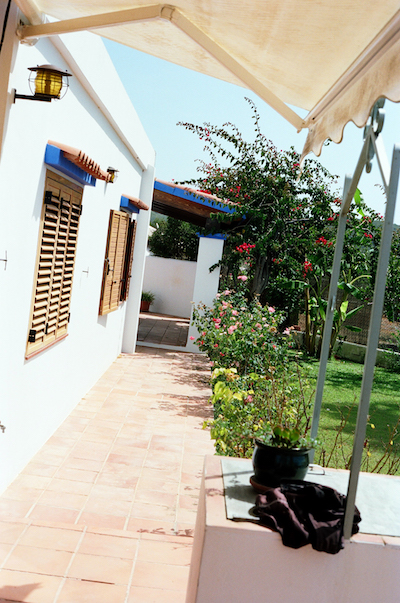
After so many releases, do you question why you release the next thing? Why the label still exists?
It’s a good question, one that I ask myself a lot. I release music because it feels like something I should do. When you get into deep feeling it’s hard to put it into words. I make something that I think sounds great, and I release it. I’ve been a professional musician for 17 years, and that’s what professional musicians do.
With regards to the label. I think it’s healthy that every release is your last. It keeps you on your toes. I am getting less motivated to release other people’s work. Other people might say, “That’s a selfish thing to do.” Because through the label I’ve built an audience. At this stage, which might change, I feel that I’m at the point where I don’t want the label to be as busy as it’s been. We’ve done around 55 releases now. It’s kind of like death — to quote Steve Jobs — is nature’s change agent. I don’t mind killing something off and starting again. I don’t have nostalgia for things that have done well and should be held onto for the sake of it. Maybe the label has run its course. Maybe it’s time to disappear for a while and figure out what’s next.
Personally, the routine or factory production line of producing other people’s 12-inches is really unappealing to me. I look at a label like Music from Memory, and I see the care and attention to detail, and enthusiasm. And I know that’s what an artist deserves. So I know that if I can’t deliver that, then we should disappear for a while. That’s my honest opinion. It shouldn’t operate until it has that level of enthusiasm.
We’re in this bizarre limbo of not being a hobby label like a lot of really nice labels. And I don’t use that label disrespectfully or disparagingly. But we’re not Domino or Warp. We’re in this middle area. There’s this whole infrastructure and PR machine around us, so we don’t have the flexibility of a Growing Bin or label like that. I kind of want to go back to the flexibility of not having to stick to a release schedule. Part of me wants to run away from that and just make my own music.
How I feel now, which has happened as I get older, is slightly a Buddhist cliché. I used to think I was clever and wanted to change the world, then I got a little bit wiser and realized it’s enough to change myself. That’s really how I feel about music at the minute. I don’t want to be responsible for other artists.
It’s just music after all. At the end of the day we’re just bundles of consciousness, bouncing around in our bodies for a lifetime. Then we go back to the source. Music’s fucking incredible. It’s the most incredible communication mechanism. But it’s only as important as you choose to make it.
::
You can buy issue 2 of Record here and can find stockists here.
The photographer was Bastien Lattanzio - you can see more of his work on his website here or on Instagram.

